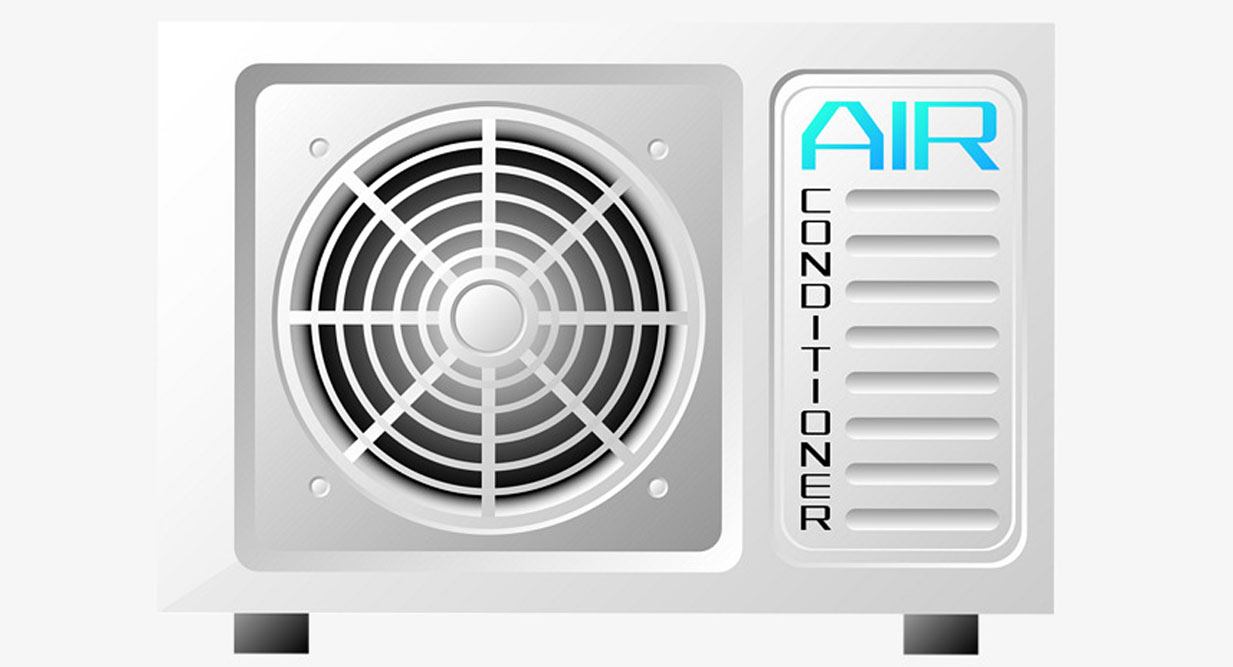
Selecting the right shipping container for your cooling system is crucial to ensuring its safe transportation. The choice of container type, size, and packaging method can significantly impact the integrity of your equipment during transit. This section will explore the considerations for selecting the right shipping container for your cooling system.
Container Types for Cooling Systems
Various container types are suitable for shipping cooling systems, each designed to meet specific needs and requirements. Here are some common container options:
- Crate: Wooden crates are sturdy and can be custom-built to fit the exact dimensions of your cooling system. They provide excellent protection against impacts and environmental factors.
- Pallet and Shrink Wrap: Smaller cooling systems can often be palletized and shrink-wrapped for added stability and protection. This method is cost-effective and suitable for equipment with standard dimensions.
- Shock-Absorbing Cases: Shock-absorbing cases with foam interiors for highly sensitive cooling systems can provide superior protection against shocks and vibrations.
- ISPM-15 Certified Crates: When shipping internationally, ensure that wooden containers comply with ISPM-15 standards to prevent customs issues related to wood packaging materials.
Standard Shipping Containers: For larger cooling systems or multiple units, standard shipping containers, such as 20-foot or 40-foot containers, may be appropriate. Ensure proper padding, securing, and ventilation within these containers.
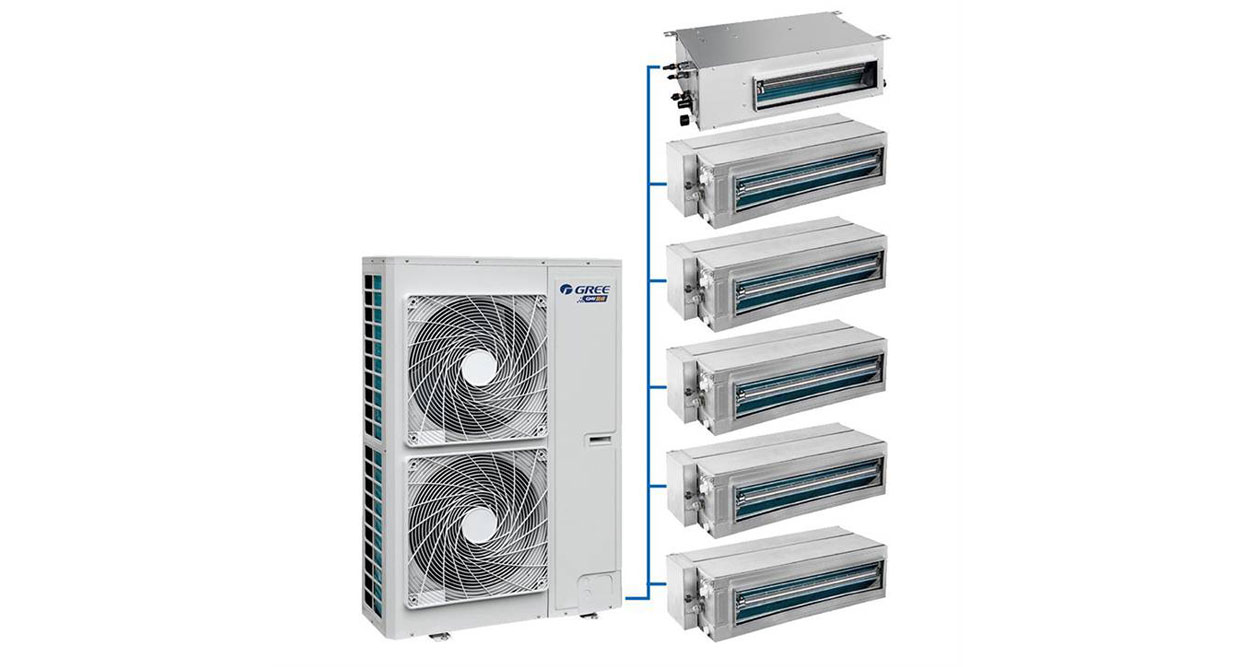
Choosing the Appropriate Size
Selecting the appropriate container size is critical to ensure that your cooling system fits snugly without excess space that could lead to shifting during transit. Here's how to determine the right size:
- Measurements: Take precise measurements of your cooling system, including its length, width, height, and protruding components.
- Allowance for Padding: Factor in the thickness of padding materials when calculating the required container size. Adequate padding is essential to protect your equipment.
- Accessibility: Consider the ease of loading and unloading your cooling system into the chosen container. Ensure there is enough space for handling equipment, if necessary.
- Ventilation: If your cooling system requires ventilation, ensure the container design allows for proper airflow.
Weight Capacity: Confirm that the selected container can safely support the weight of your cooling system. Take into account the weight of packaging materials as well.
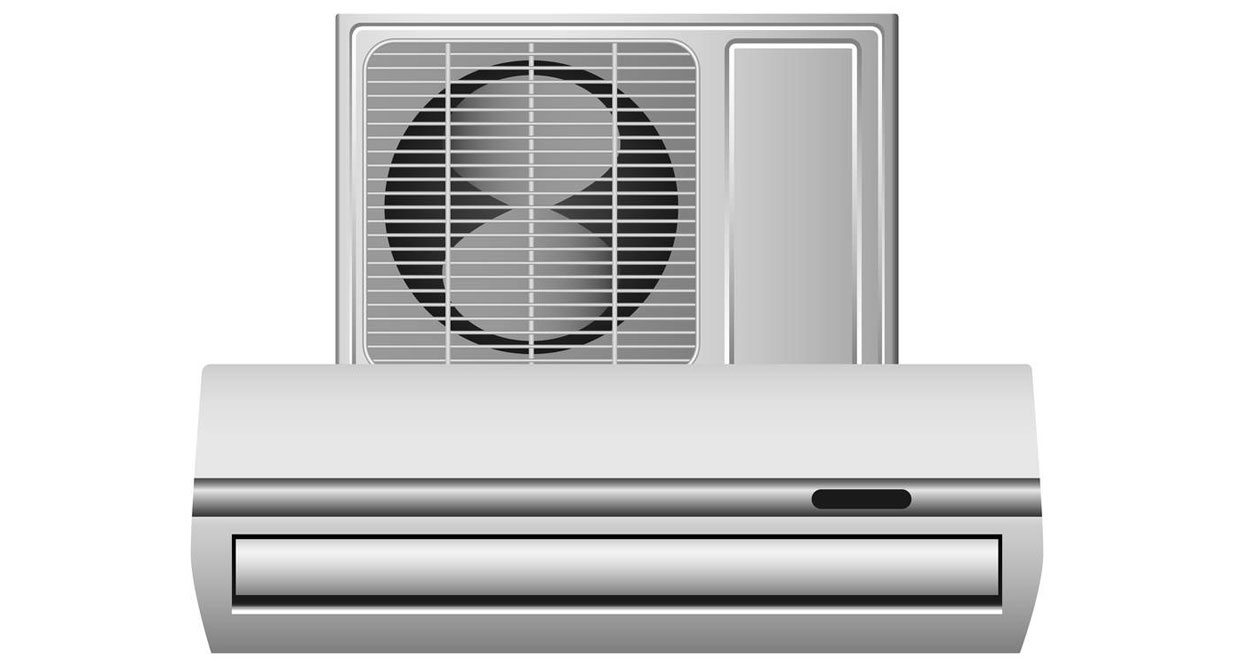
Custom Crating vs. Standard Containers
The choice between custom crating and standard shipping containers depends on the size, fragility, and unique requirements of your cooling system:
- Custom Crating: Custom wooden crates are often preferred for fragile or oversized cooling systems. They are tailor-made to fit your equipment precisely, providing maximum protection and stability. While custom crating may be more expensive, it offers peace of mind regarding your equipment’s safety.
- Standard Containers: Standard shipping containers are cost-effective for smaller or less fragile cooling systems. Ensure the equipment is securely fastened and properly padded within the container to prevent damage during transit.
In summary, selecting the right shipping container for your cooling system involves considering container types, size requirements, and the specific needs of your equipment. Investing in the appropriate packaging and container solution ensures that your cooling system is well-protected during its journey, reducing the risk of damage and ensuring a successful delivery to its destination.
Securing Your Cooling System
Securing your cooling system within the shipping container is critical in ensuring its safe transportation. Without proper securing measures, your equipment may be vulnerable to damage from vibrations, shocks, and shifting during transit. This section will discuss key strategies for securing your cooling system effectively.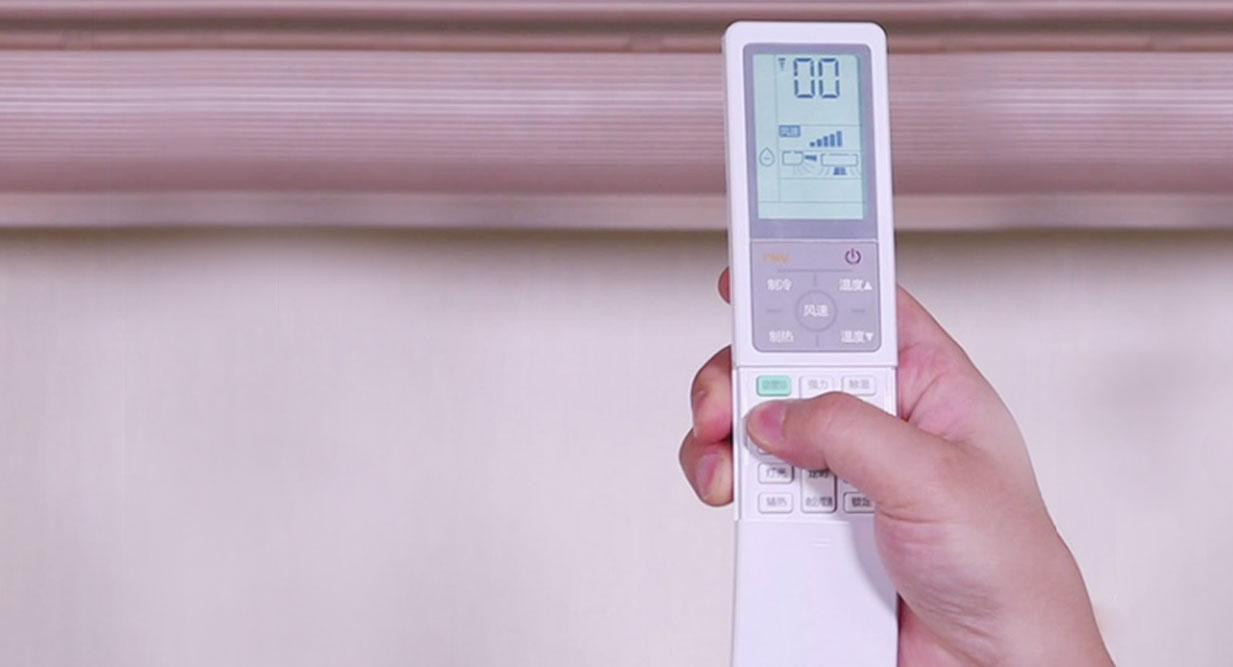
Proper Padding and Cushioning
Padding and cushioning materials are essential for safeguarding your cooling system from impacts and vibrations during shipping. Here are some considerations:
- Foam Padding: High-density foam padding protects delicate components from shocks and vibrations. Ensure that all sides of your cooling system are adequately padded.
- Anti-Static Materials: If your cooling system contains sensitive electronics, consider using anti-static materials to prevent electrostatic discharge (ESD) damage during transit.
- Corner Protectors: Use corner protectors to shield vulnerable corners and edges from impacts.
- Custom-Cut Padding: For irregularly shaped cooling systems, consider custom-cut padding to provide a snug fit within the container and minimize movement.
Secure Internal Components: Ensure internal components are padded and secured to prevent shifting or damage during transit.
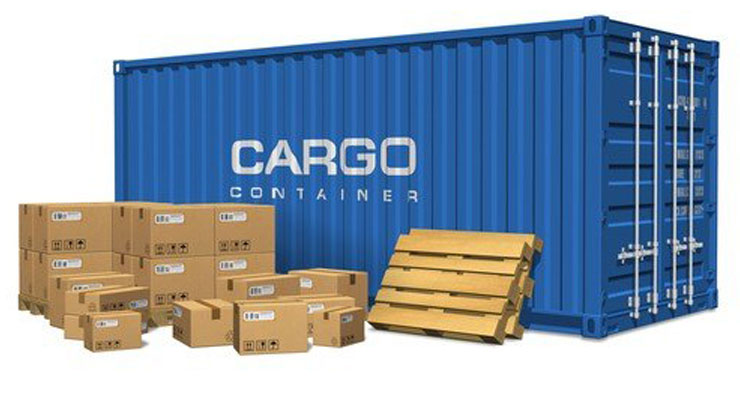
Strapping and Bracing
Proper strapping and bracing techniques help prevent your cooling system from moving within the container and maintain stability. Here’s what to keep in mind:
- Strapping: Use sturdy straps or cargo nets to secure your cooling system. Straps should be tightened to the appropriate tension to prevent movement.
- Bracing: Employ bracing materials, such as wooden supports or blocking, to immobilize your cooling system within the container. Bracing helps distribute the weight evenly and prevents shifting.
Secure to Pallet: If your equipment is palletized, ensure it is firmly anchored to prevent it from sliding during transit.
Protecting Fragile Components
Cooling systems often contain fragile components that require extra attention during securing:
- Fans: Securely fasten fans to prevent them from spinning during transit. Use padding or strapping to keep them in place.
- Coils and Heat Exchangers: Protect coils and heat exchangers from impact and vibration using foam padding or shock-absorbing materials.
- Electronics: If your cooling system includes electronic components, ensure they are well-padded and protected against ESD and physical damage.
- Refrigerant Lines: Secure refrigerant lines to prevent stress on the connections. Use padding or cushioning to protect them from damage.
By implementing proper padding, strapping, bracing, and protection measures, you significantly reduce the risk of damage to your cooling system during shipping. Remember that each cooling system may have unique requirements, so tailor your securing methods to the specific needs of your equipment to ensure its safe arrival at its destination.
-
 A Comprehensive Guide to Refrigerated ContainersJun 17,2025
A Comprehensive Guide to Refrigerated ContainersJun 17,2025 -
 Guide to 20ft & 40ft Shipping Container Dimensions for Global LogisticsJun 17,2025
Guide to 20ft & 40ft Shipping Container Dimensions for Global LogisticsJun 17,2025 -
 How to track shipments sent from ChinaMay 13,2025
How to track shipments sent from ChinaMay 13,2025 -
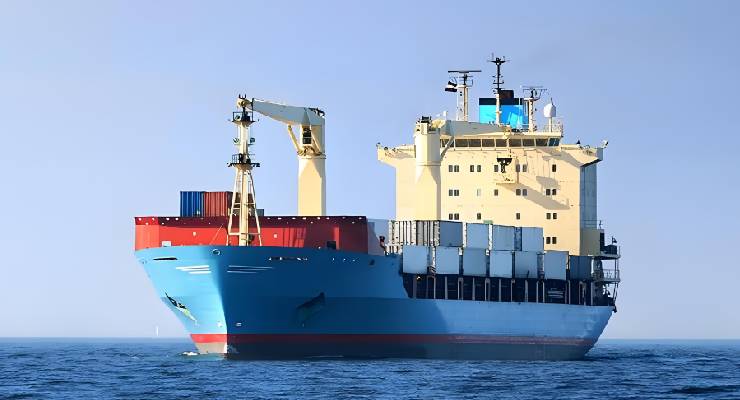 Guide to Importing and Shipping Cars from China to UAEMay 13,2025
Guide to Importing and Shipping Cars from China to UAEMay 13,2025 -
 Guide to Importing and Shipping Camping Gear from ChinaMay 07,2025
Guide to Importing and Shipping Camping Gear from ChinaMay 07,2025 -
 Shipping from China to YemenMay 06,2025
Shipping from China to YemenMay 06,2025

